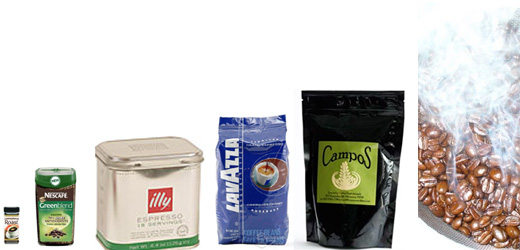I wrote about the sin of instant coffee a few weeks ago – if your church is still serving International Roast at morning tea and wondering why all the young people are heading down the road to the nearest espresso machine wielding pentecostal church – then I am here to help. Vicariously (or possibly directly).
The other night we trekked out to Ipswich to make coffee at a church function. We’ve done a few events around the traps and it is always pretty warmly received. We’re still trying to figure out how to cost our services. So if you’re someone responsible for putting on church events or budgeting for them I’d love to know what you think the provision of good coffee is worth… but if you’re running a church event and you have a machine available and you want to know about quantities then this is the post for you.
Neil Atwood from Ministry Grounds (in Sydney) has a 2 group machine he makes available for hire for events. In his paperwork on the hire page he gives the following quantities to help you budget for your event. They’re a pretty good yardstick. I tend to go with single shots rather than doubles – mostly because I do most of my events in the evening, and a lot of people don’t drink coffee at night. Hot chocolate tends to be twice as popular as coffee at these events.
Coffee
We recommend that you built your event around serving double shot drinks. This is because: a) For most people it’s much easier to pull a good double shot than a single. b) The taste profile of a good double is usually much better than a single.
If a single is required (ie: someone requests a ‘weak coffee’) , you can use a double spout portafilter and let the output from one spout run into the drip tray.
On that basis, you will get approximately 50 double shots from each kilo of coffee. If you decide to serve singles, your will get double that quantity.
Milk
On the basis of using 8oz disposable cups (8oz = 240ml), using double espresso shots, and making a flat white or cappuccino/latte, you will need around 200ml of milk for each drink. That means you will need 10 litres of milk per 50 milk coffees served. If you are serving hot chocolates, you will need to allow around the same amount of milk per 8oz cup. You can use whatever milk you prefer, but most people can’t tell the difference between full cream and lite white!
If you’re a church in Brisbane looking to hire a coffee machine, beans, and a barista for an event fill out the contact form on my coffee page.


